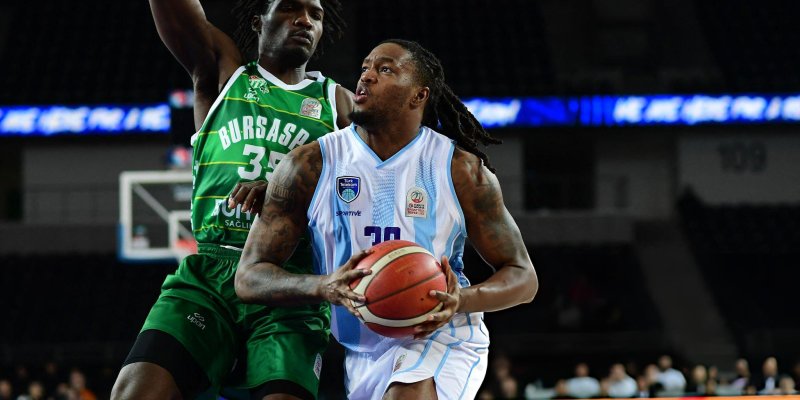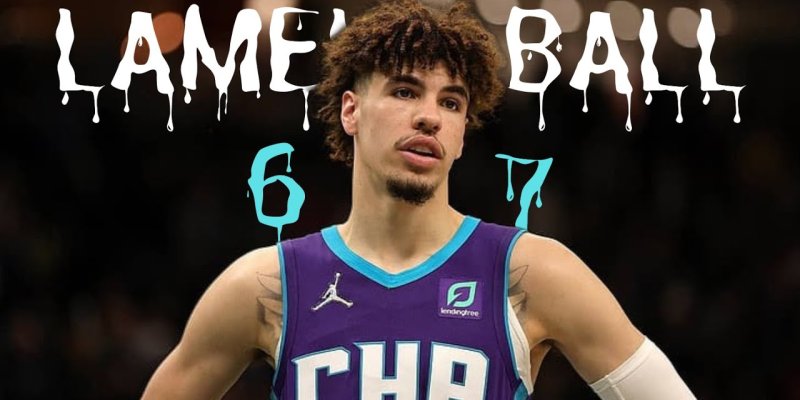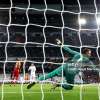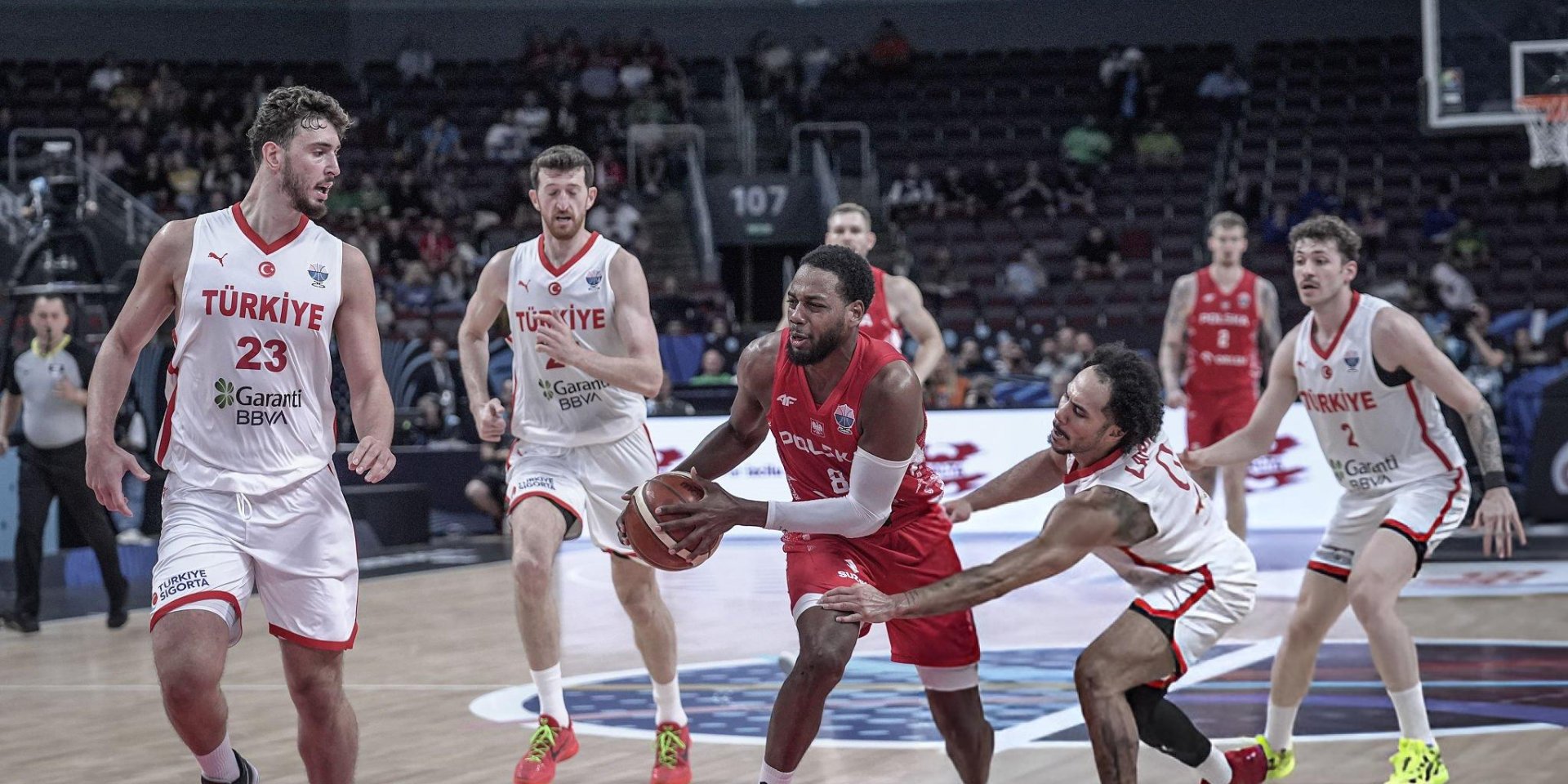
It’s not only the Bosphorus that connects continents—Turkish basketball has long lived at the crossroads of cultures, languages, and biographies. At EuroBasket 2025, half of Turkey’s roster was born outside the country, yet this colorful geography fits squarely within the regulations. Roots scattered across the world, smart scouting, and clear naturalization rules have made the team more diverse than ever—and that diversity now shapes its style and potential.
NBA Trajectories and Balkan Roots

Ask who first comes to mind as the face of Turkish basketball and the numbers point to NBA players. There have been only eleven of them, and just seven played more than 100 games in the league. The most decorated is Hidayet Turkoglu: a Most Improved Player (MIP) winner who later headed the federation. His family were Bosniaks who dropped the surname Ramicevic after moving to Turkey; hence Hedo’s fluent Serbian in daily life. He never made an All-Star Game—unlike Mehmet Okur, another star with Bosniak roots (among that lineage is center Semih Erden as well).
A separate chapter is Ersan Ilyasova. A descendant of Crimean Tatars, he played countless tournaments for Turkey, while rumors swirled for years around his biography: allegedly he was Arsen Ilyasov from Bukhara and older than his “official” age. That story remained a basketball urban legend, but it shows how often Turkish hoops intersects with life stories from Central Asia.
There’s also a European-level icon—Mirsad Turkcan (closer to the Turkish pronunciation). A Russian League champion and early-2000s EuroLeague MVP, he hails from Serbia’s Novi Pazar and was born with the surname Yahovic. Another signal: Turkish basketball has long absorbed the Balkan school.
The 2025 Squad: A Team From Four Continents
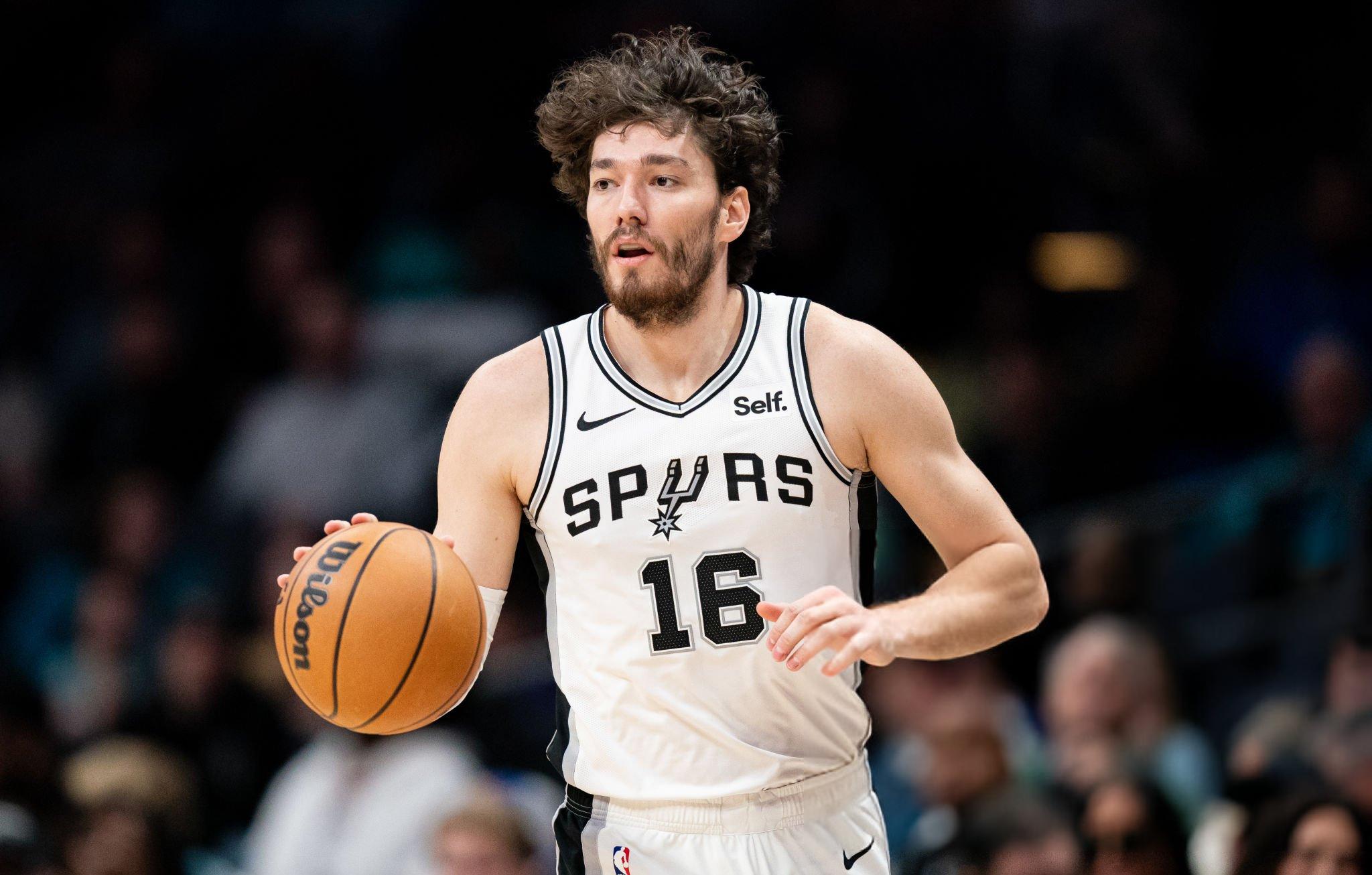
Today, Cedi Osman carries the torch of this “border-straddling” identity—born in Ohrid (North Macedonia), the son of a Bosniak mother from the same Novi Pazar. Omer Yurtseven began his path in Tashkent and, with a Turkish passport, tried to stick in the NBA with the Miami Heat and Utah Jazz. Philadelphia’s center Adem Bona is a model of planned naturalization: brought from Nigeria with his family at 13 by Karşıyaka, he long played as Ikechukwu Stanley Okoro, then became Adem after obtaining citizenship in 2018 and quickly repaid the investment by winning medals with Turkey’s youth teams at the U16 and U18 European championships.
Point guard Kenan Sipahi is another emblem of multilayered identity. The 2013 U18 European champion started basketball in Pristina, Kosovo, and early in his career used the Albanian surname “Spahiu.” Turkey’s national roster actually includes two Albanians: alongside Sipahi is Ercan Osmani, born in the Albanian town of Bajram Curri and developed within the Prizren system in Kosovo.
The upshot: six of the twelve players on the 2025 roster were not born in Turkey. In the locker room, biographies from Europe, Asia, Africa, and North America sit side by side—a rare blend in continental basketball.
Why So Many “Arrivals”: Imperial Legacy, Diasporas, and Passport Logic
The explanation isn’t only scouting. For centuries the Ottoman Empire ruled much of the Balkans, and a shared Islamic identity drew Albanians and Bosniaks culturally closer to Anatolia. In the 20th century, labor migration added another layer: large Turkish diasporas in Germany and elsewhere in Western Europe created a substantial talent pool. A typical example is Enes Kanter Freedom: born and raised in Switzerland, where his father earned an academic degree at the University of Zurich; he played for the national team at EuroBasket 2011, but due to his political stance rarely received further call-ups.
There are reverse routes as well: families of Turkic peoples—Crimean Tatars, Uzbeks, Kazakhs—often moved to Turkey, making stories like Ilyasova/Ilyasov or Yurtseven’s early childhood in Tashkent possible.
The legal side is simple and transparent: Turkish citizenship can be obtained by blood (if at least one parent is Turkish), after three years of marriage to a Turkish citizen, or after five years of continuous residence. For sports federations, these are straightforward rails for integrating talent.
New Passport — New Name: Turkey’s Renaming Practice

By law, a new citizen’s first and last names must comply with the norms of the Turkish language and culture, so many basketball players take on new initials. Balkan examples have long been known: Petar Naumoski became Namik Polat, Damir Mršić turned into Demir Kaan, Edin Delić into Nedim Dal, Mirko Miličević into Muhammet Onar, and Asim Paščanović into Asim Pars. From the post-Soviet space: Kazakhstan’s Vsevolod Fadeykin appeared in Turkey as Selim Seygın, while Azerbaijan’s Ruslan Benger was recorded in the stats as Rasim Başak.
The most striking “metamorphoses” involved Americans: forward Erwin Dudley became Ersin Dağlı, Michael Wright turned into Ali Karadeniz, Ricky Winslow into Kartal Reşat Ferinçoğlu, and David Dixon into Davud Kamer. At EuroBasket 2015, Turkey was represented by Ali Muhammed—better known as Bobby Dixon. Ermal Kuko’s story is even more intricate: he obtained a passport as Ermal Kurtoğlu and played for Turkey from 2004 to 2010, later switching back to Albania. At club level he practically led a double life—Kurtoğlu in the Turkish League and Kuko in the EuroLeague. Today he remains in the game—last week he took a development director role with the New York Knicks’ farm team.
The FIBA Limit and an Exception for a EuroLeague Superstar
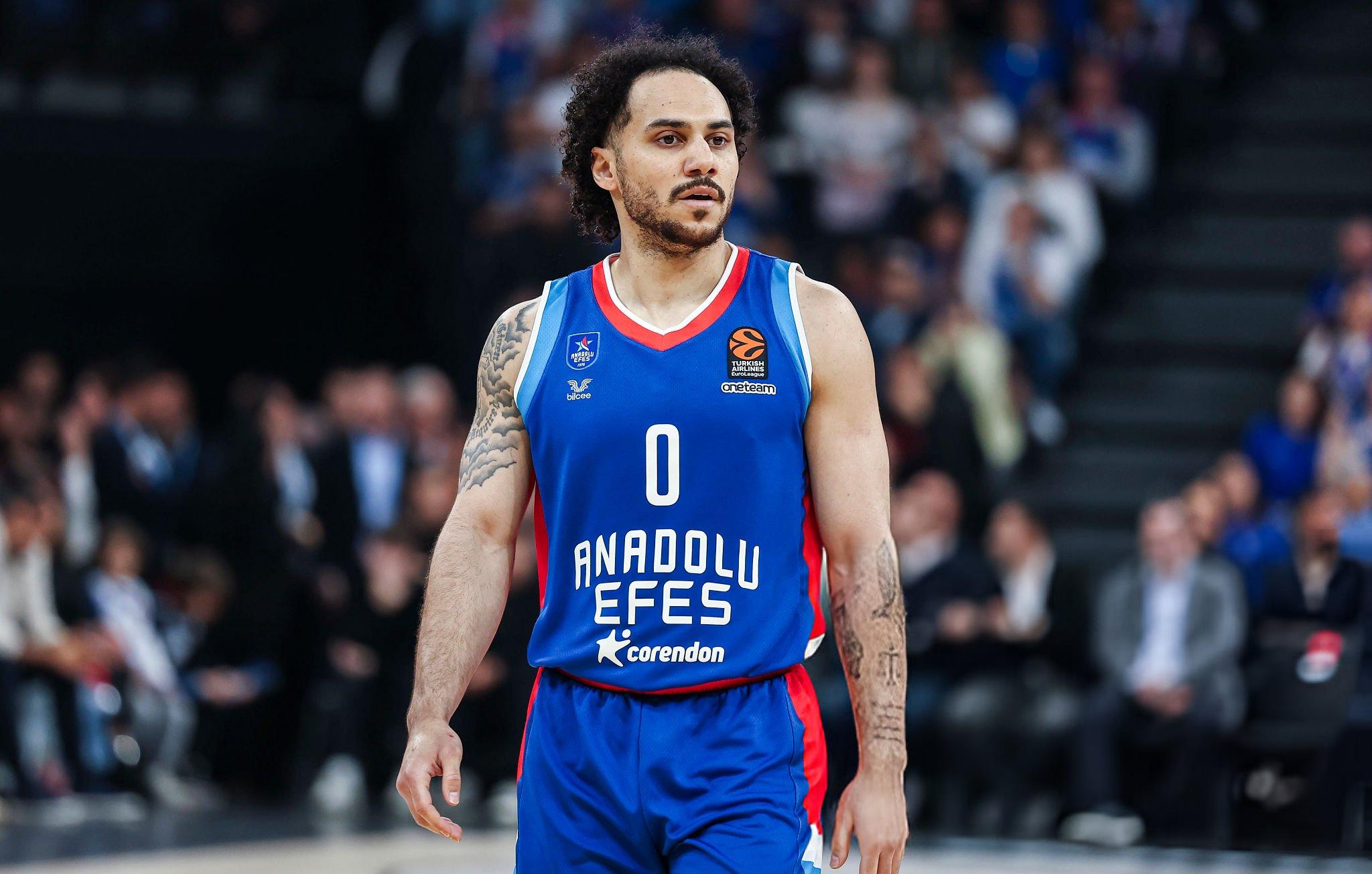
The FIBA rule is straightforward: each national team may field only one naturalized player at a tournament—that is, someone who obtained citizenship after turning 16. Hence Turkey’s strategy of “accelerating” citizenship for young talents: the earlier it happens, the fewer restrictions apply. In the current squad, the formally naturalized player is Shane Larkin, who became a citizen in 2020. One curious detail: the American didn’t change his name. During the process there were tongue-in-cheek rumors about a possible “Turkish version” of his full name, but Larkin insisted on keeping the brand already established in the EuroLeague, and the federation obliged.
Results and Outlook: The Network Works, but the Medals Are Still Ahead
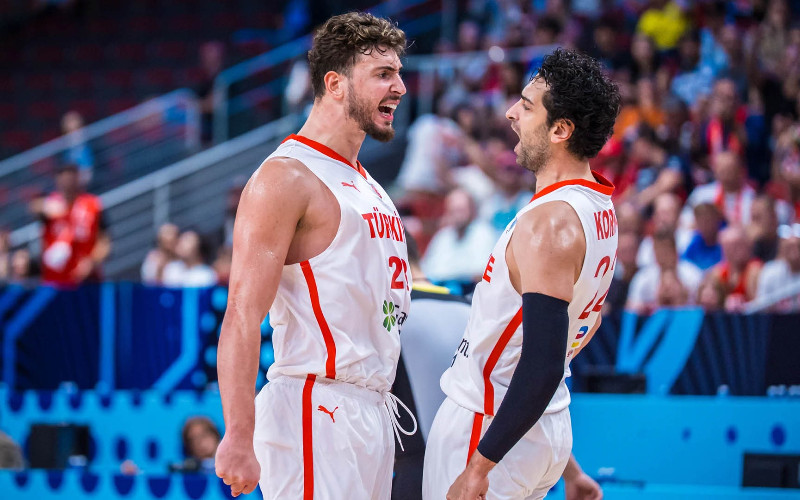
Despite a powerful talent network—from the Balkans to Western Europe and from Africa to Central Asia—Turkey’s national team has had few major triumphs in the 21st century. The two highest peaks—silver at EuroBasket 2001 and at the 2010 World Championship—came at home; on neutral courts, Turkey long struggled to make even the top five. EuroBasket 2025 has already brought a shift: the team reached the semifinals and secured its best result in two decades. Ahead lies an emotionally charged semifinal against Greece, a country which, like many of Turkey’s opponents, once fell within the orbit of the Ottoman Empire.
In precisely these kinds of games, Turkey’s multinational team reminds us of its core truth: it’s built from many roads, languages, and childhood courtyards—and if this blend truly fuses on the hardwood, Turkish basketball will shed the “home team” label and start winning in the toughest setting of all—on the road.

